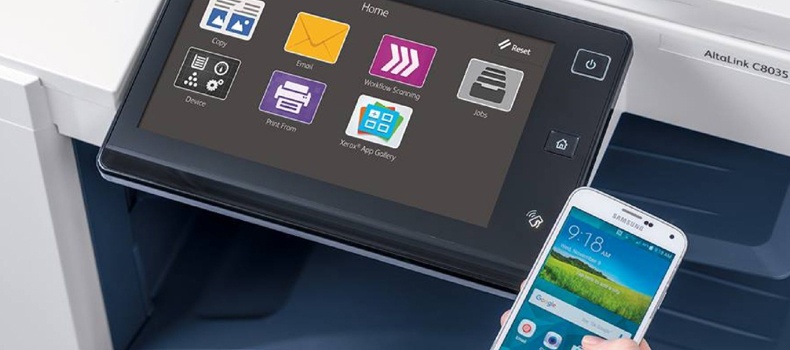Stay up to date with our latest news and insights
Supporting description on the types of content that feature in the blog.

Virtually every business relies on paper processes somewhere within the organisation, but some of those processes might be costing far more than necessary.
Driving efficiencies in every area of the business will undoubtedly be one of your aims as a savvy business owner, but how closely have you looked at the printing and document infrastructure in your organisation?

Let’s consider some of the key challenges that come with reducing printing costs:
With data privacy being so high on the agenda in the digital age, print confidentiality is another key concern for companies looking to streamline their printing operation. And for many, that also relates to a desire to free in-house IT resources from supporting the document infrastructure.
Unfortunately, if you have a medium to large-sized printing fleet with varying devices and no central strategy for printing, it’ll be hard to find the efficiencies you need.
Meeting the challenges above isn’t easy, but with support from a managed print services (MPS) provider, you can successfully reduce the number of printers and overall volume of print in order to lower costs.
This will help you become more energy efficient, and despite the reduction in devices, ensure access to the machines isn’t compromised. Features like ’follow me’ printing make this possible, where users retrieve their print from the queue on any device with a form of ID.
The latest print software can also ensure that print jobs which have been left to fester get automatic deleted rather than printed, thus further saving on printing costs and needless energy usage.
The combination of these tools also ensures your printing environment naturally becomes more secure, with far less chance of confidential documents being left to sit unattended on printer trays.
Whether you run a small, single-site firm or multi-site conglomerate, you need a standardised printing policy if the business is to save on its printing costs.
To do this, most MPS experts will advise that you implement universal print drivers which enable multiple print queues to be created for each user.
Collaboration benefits from this too, thanks to scanning solutions that are made available to all users, thus reducing the need to retain physical documents.
Standardisation also extends to individual consumables, and if you have an MPS solution that enables you to monitor and maintain the entire printing environment centrally, cartridges and parts can be replaced or fixed before they run out and start causing problems for employees.
So, how deep can the cost savings run if you focus on driving efficiencies in your printing and document infrastructure?
The numbers can be big, depending on how deeply you’re prepared to go, and savings of up to 50% in energy consumption and over 50% in printing costs aren’t uncommon.
The key thing is to ensure productivity doesn’t suffer when you work this hard to reduce printing costs, and to do that, you’ll benefit significantly from the input of an experienced MPS provider.
Supporting description on the types of content that feature in the blog.

20-09-2024
Digital document management tools offer a range of compelling benefits for businesses, including a PDF editor, a file converter and a form generator. You can also integrate with digital signatures qui...

20-09-2024
When choosing a SaaS software to deal with your company’s PDF documents and enable forms to be digitally sent and signed, you’ll want a product that’s user-friendly and easy to use. With Tungsten’s Po...

11-07-2024
Belkin is a global technology company that provides high-quality electronics products, from wireless chargers to power banks. Their people-centric approach and best-in-class functionality have positio...